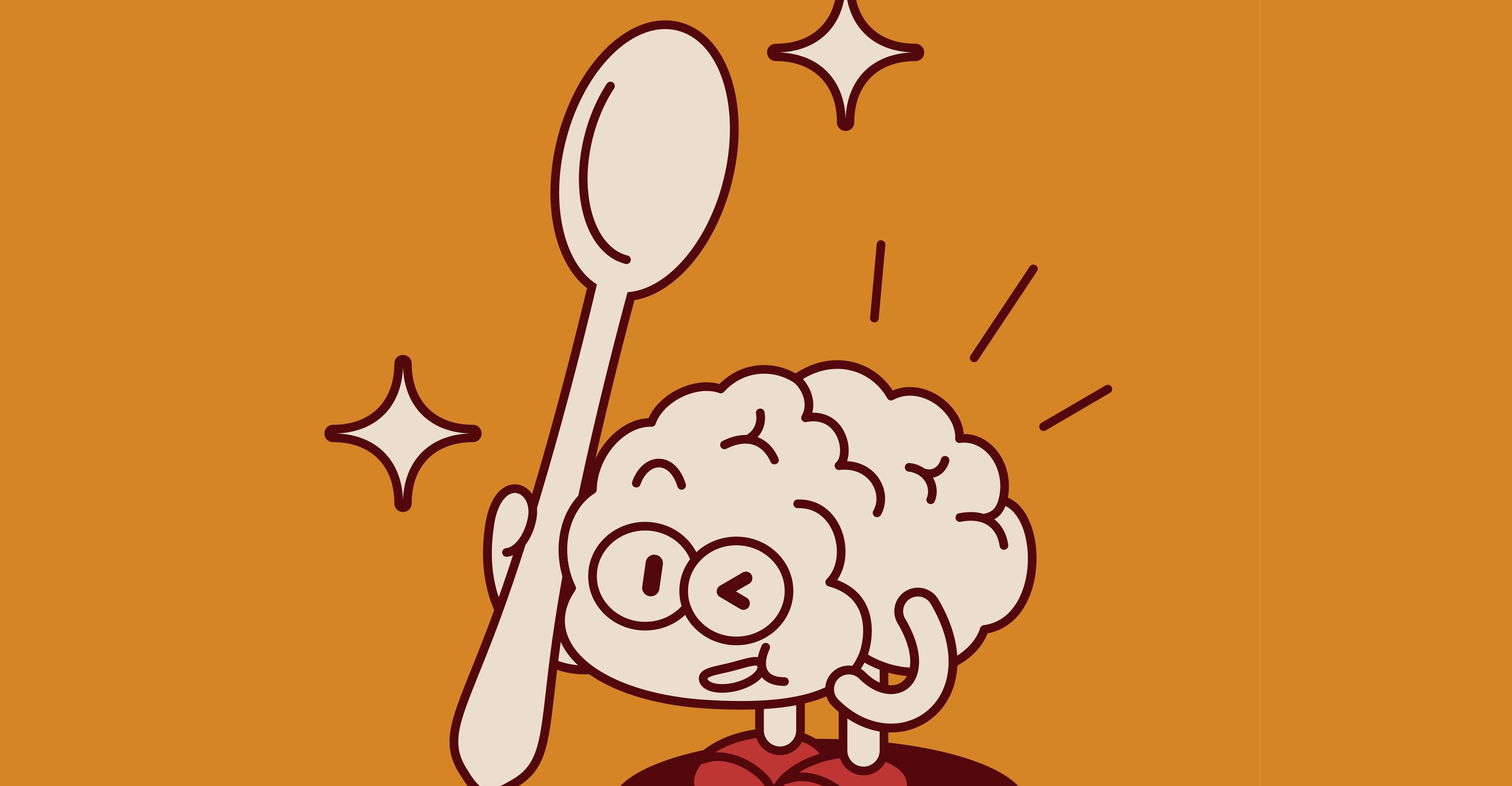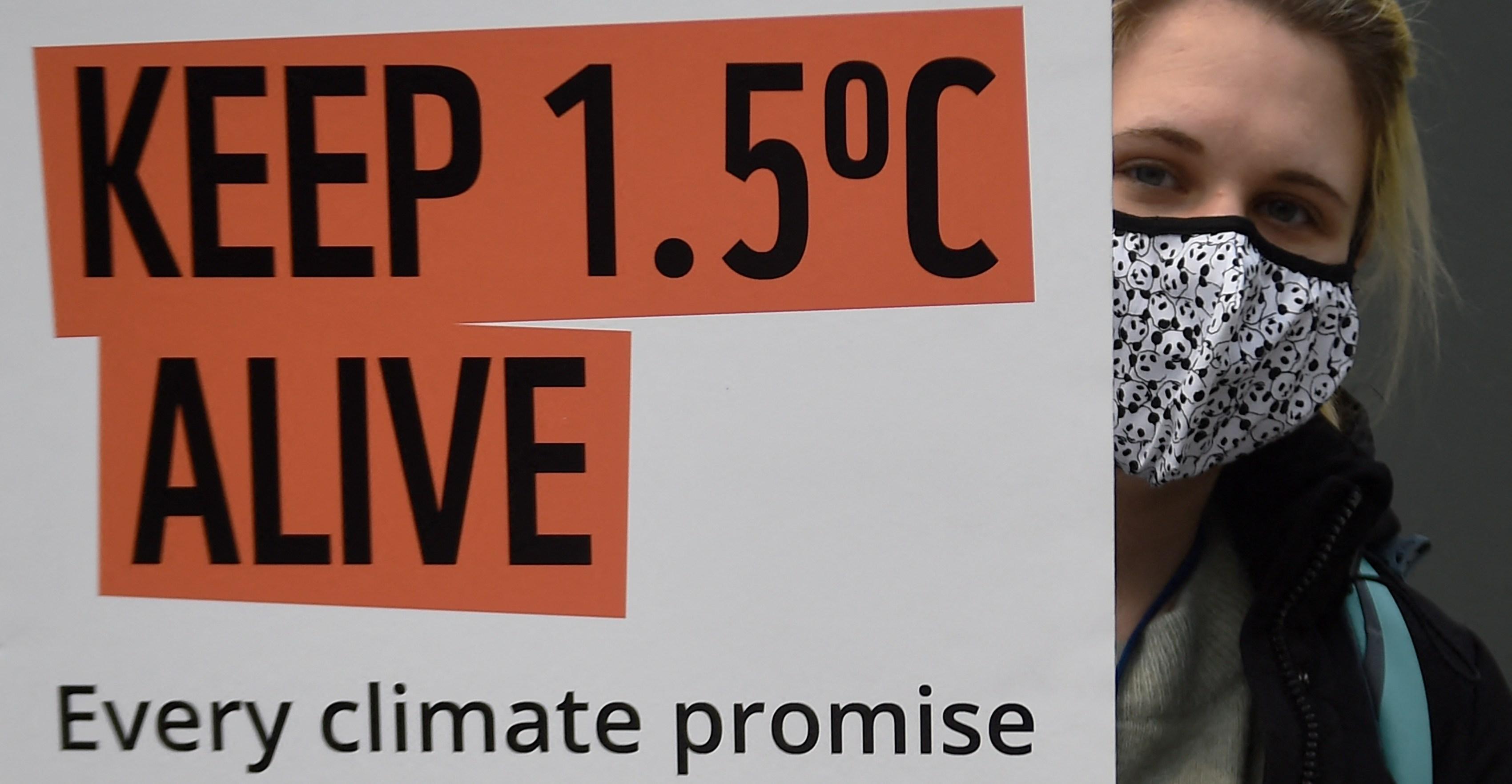YouTube has adjusted its ad-friendly content guidelines to allow breastfeeding videos with nudity — but only in cases when a child is present — as well as videos with twerking, grinding, and other “sensual” types of dancing. The platform updated its guidelines on Thursday with the changes, which will carry over to gaming videos as well.
- Home
- Technology
- News
YouTube loosens ad guidelines around breastfeeding nudity and twerking
YouTube has adjusted its ad guidelines to include breastfeeding videos with nudity and videos with twerking, grinding, and other “sensual” types of dancing.


Previously, breastfeeding videos on YouTube that showed a visible areola were not eligible to earn ad revenue. Similarly, choreography videos that showed twerking, grinding, or in which the dancer wore minimal clothing were demonetized under YouTube’s policy.
The new updates read as follows:
Breastfeeding: Breastfeeding content where a child is present, even with visible areola, can now earn ad revenue. Previously, such content was only monetizable if no areola was visible. Also, breastfeeding thumbnails with focus on breasts without visible areola can now earn ad revenue.
Sensual dancing: Non-sexually graphic dancing involving rhythmic body movements, such as twerking or grinding, as well as dance featuring fleeting minimal clothing can now earn ad revenue. Previously such content was not considered monetizable.
YouTube also released a video on its Creator Insider channel on Thursday featuring monetization policy lead Conor Kavanagh, who explained the two updates further.
While dancing videos now have more wiggle room on YouTube (haha, sorry), the guidelines still restrict dancing videos with “deliberate and recurring breasts, butt, and genitalia”, as well as what YouTube calls “extremely minimal clothing”. Currently, YouTube’s nudity guidelines allow for minimally covered breasts or buttocks — as long as they’re not the focus of the video.
Critics have accused YouTube’s ad policies of unfairly targeting women and LGBTQ individuals. YouTube has made some adjustments to its policies over the years in response to these criticisms, but many creators still feel sidelined. Thursday’s changes signal that YouTube is willing to give creators slightly more breathing room — at least in these two specific examples.

Mayor emphasises importance of waste-to-energy projects for Karachi
- 11 گھنٹے قبل

LG enters the RGB LED fray in 2026 with the Micro RGB evo TV
- 5 گھنٹے قبل

The looming showdown over IVF, explained
- 3 گھنٹے قبل

Who is Picea Robotics, Roomba’s new owner?
- 5 گھنٹے قبل

Trump is recruiting Big Tech workers for the government
- 5 گھنٹے قبل
25% Decline in foreign investment in Pakistan:State bank report
- 13 گھنٹے قبل

The PS5, PlayStation Portal, and Sony’s DualSense are still on sale for a limited time
- 5 گھنٹے قبل

The mass shooting on Australia’s Bondi Beach, briefly explained
- 3 گھنٹے قبل

The unexpected link between your diet and your anxiety
- 3 گھنٹے قبل

Bungie’s delayed shooter Marathon launches in March
- 5 گھنٹے قبل

We’re passing a dangerous global warming threshold — but we’re not doomed
- 3 گھنٹے قبل
Browns LB Bush found not guilty in assault trial
- 17 گھنٹے قبل






